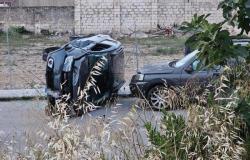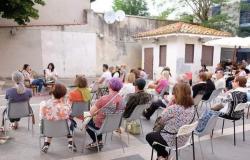Brussels is increasing the range of tools available to EU citizens for the energy efficiency of buildings; after the entry into force of the EPBD Directive, known in our country as the Green Houses Directive, the European Parliament launched the tunES project to draw up the policies necessary for the implementation of the new European regulations.
The initiative sees the participation of our country at the consultation table through the know-how of ENEA and the University of Cassino and Southern Lazio
The buildings of the future will not only be classified according to the parameters established by the APE (Energy Performance Certificate) but also with the SRI (Smart Readiness Indicator); the first scale, known to all, measures energy efficiency, mainly from the point of view of heat dispersion, while the second instrument is relatively new and measures “intelligence” of buildings.
The tunES project, funded by the European Commission, has as its main aim to establish the measurement parameters of the SRI, in order to fill any gaps and make the instrument easy to understand and use.
The index was presented by the EU in 2018, which proposed it in an optional manner to the Member States to begin evaluating the “preparing buildings for intelligence”.
Smart buildings, according to European parameters, are able to adapt their operation to the needs of the occupant and the network, while improving their performance and energy efficiency, as explained by Biagio Di Pietra, head of the ENEA Soluzioni Laboratory Integrated for energy efficiency.
A building is smart if it is efficient, consumes less and manages the systems intelligently through building automation systems. It is smart if it has solutions for the optimal management of thermal comfort, infrastructures for the self-consumption of locally produced energy, systems for monitoring consumption and, above all, if it communicates flexibly with the electricity grid.
TunES is developed on five study areas ranging from the updating of databases and calculation tools for the indicators used in the APE to the possible harmonization of APE and SRI.
ENEA, which has played a fundamental role in recent years for energy efficiency practices (110% Superbonus and Ecobonus, to name two particularly well-known ones), has been defined “among the leaders in the project for database management and development of the SRI index”.
The know-how achieved by the organization in the field of energy management and the creation of reliable software accessible to all, such as RECON – Renewable Energy Community ecONomic simulator – the simulation algorithm that allows preliminary energy, economic and financial statement of a RES plant, the new version of which was released a month ago.
Di Pietra said:
Brussels, as part of an event organized by ENEA, will be an important tool for sharing and disseminating good practices in the Energy Certification of Buildings and the Smart Readiness Indicator, identifying the most appropriate policies also through the involvement of sector stakeholders. We are convinced that integrating SRI into APE certification provides a more complete picture of our buildings.
ENEA is actively collaborating with the University of Cassino and Southern Lazio in the drafting of a handbook that allows evaluating the potential of “smartness” of existing buildings, i.e. European buildings, applying the SRI index to real and study cases.
The recent revision of the Energy Performance of Buildings Directive (EPBD) provided for the integration of SRI into assessment tools for non-residential buildings which have a higher nominal power of the heating systems at 290 kW.





